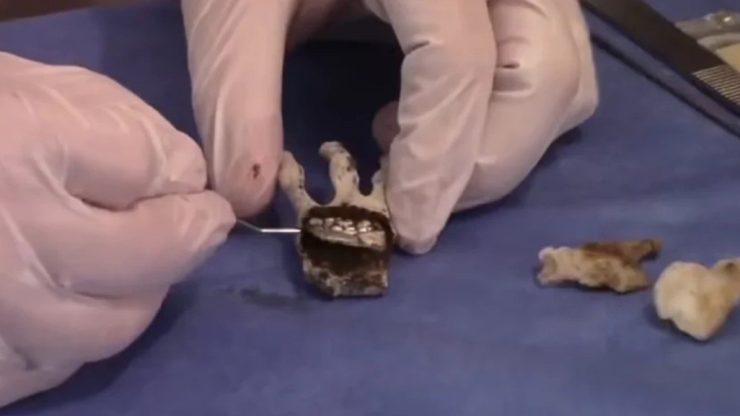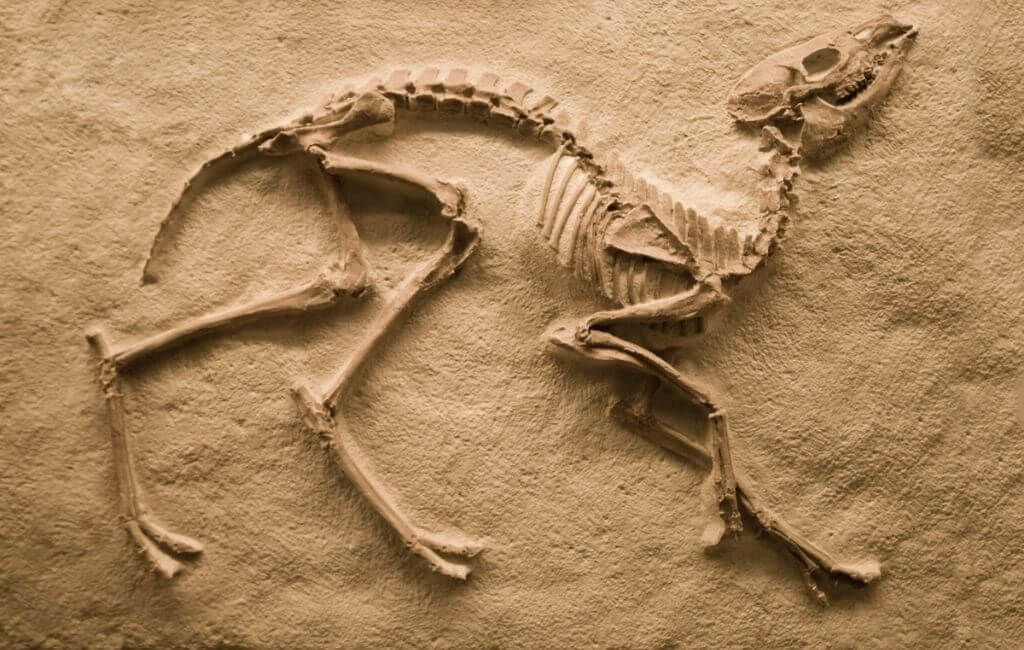Researchers Discover Mysterious Implant in Three-Fingered Mummy in Peru

According to the Daily Mail, the hand of one of Peru’s so-called “alien mummies” was recently dissected, revealing an unusual metal plate inside.
The authenticity of these small mummies, often referred to as the “three-fingered beings of Nazca,” has been widely debated. They are reportedly discovered by local tomb raiders in the Nazca region of Peru.
Now, a team of experts examining the hand claims to have found an implant made of “light metal.” Photos show one of the researchers carefully using tweezers to remove the implant from the three-fingered hand.

“This is an incredibly complex metal alloy that would require significant knowledge and skill to produce at this quality and purity. We identified elements like aluminum, tin, silver, copper, cadmium, and osmium, among others,” stated Dr. José Zalce Benitez, a forensic expert from the Mexican Navy, who performed the hand’s dissection.
“This three-fingered hand, from which we extracted the metal, does not belong to any of the bodies recently presented in Mexico’s Congress. It is part of a series of individual remains found in the same region in Peru,” clarified Dr. Zalce.
The metal implant found in the hand resembles a thin piece of silver foil.
Before the dissection, the three-fingered hand was carefully rehydrated to allow the implant’s safe extraction.
“We used forensic technology to protect the tissue and minimize damage during the procedure. A special serum with precise concentration levels was applied to rehydrate the corpse, a technique also used by the FBI for data recovery and forensic investigations,” explained Zalce.
Researchers further note that the hand they dissected resembles those discovered in the samples presented to the Mexican Congress. These mummies stand no taller than 60 centimeters, and they are believed to have larger “relatives” reportedly also found in Peru.
Despite the findings, critics, including senior Peruvian officials, have dismissed the authenticity of these mummies. Flavio Estrada, a forensic archaeologist at the Peruvian Institute of Forensic Medicine and Forensic Sciences, concluded that the smaller mummies were constructed using animal bones and modern synthetic adhesives.



